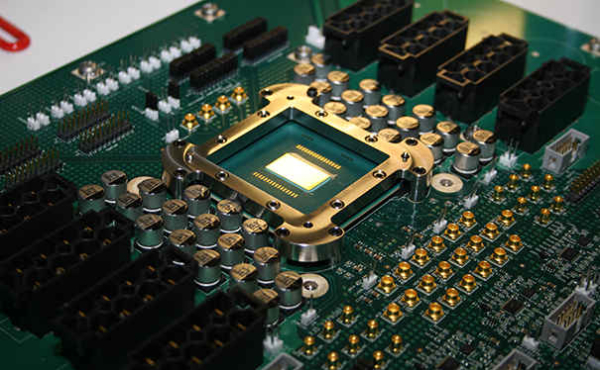Overview of the 74138 Decoder
The 74138 is a 3 to 8 line decoder that converts 3 binary input signals into 8 decimal outputs. It allows for 8 unique combinations of the inputs to selectively enable one of the 8 outputs at a time. The 74138 is used in digital logic systems to decode multiple input signals into individual outputs for controlling various devices or functions.
Some key features of the 74138 decoder:
- 3 binary inputs labeled A0, A1, and A2
- 8 active low outputs labeled Y0 to Y7
- Enable input that allows the outputs to be disabled
- Truth table showing input/output combinations
Truth Table for the 74138
| A2 | A1 | A0 | Outputs |
|---|---|---|---|
| 0 | 0 | 0 | Y0 |
| 0 | 0 | 1 | Y1 |
| 0 | 1 | 0 | Y2 |
| 0 | 1 | 1 | Y3 |
| 1 | 0 | 0 | Y4 |
| 1 | 0 | 1 | Y5 |
| 1 | 1 | 0 | Y6 |
| 1 | 1 | 1 | Y7 |
Applications of the 74138 Decoder
Some common applications of the 74138 3 to 8 decoder include:
- Memory address decoding – Used to generate chip select signals for accessing memory locations
- 7-segment display driving – Decodes BCD inputs to drive individual segments
- Input multiplexing – Allows multiple inputs to share a common bus
- Motor control – Enables speed and direction control for multiple motors
- Keyboard encoding – Converts key presses into unique binary outputs
The 74138 is popular for its ability to significantly reduce the amount of logic gates needed to implement these functions compared to simpler decoders.
Circuit Implementation
Here is a simple example circuit using the 74138 to decode a 3-bit binary input and drive 8 LEDs:
The A0-A2 inputs are 3 bits from a counter or other source. When enabled, the corresponding output will go low, lighting up its LED. Only one LED is on at a time.
Pull-up resistors may be needed on the outputs to ensure the LEDs are off when the outputs are high. The enable input is tied high to allow normal operation.
Conclusion
The 74138 3 to 8 line decoder is a versatile digital logic IC that allows for efficient decoding and selecting of multiple outputs. With its wide range of applications and simple implementation, the 74138 continues to be a useful component in modern digital systems and logic design.
Frequently Asked Questions
What is a decoder in digital logic?
A decoder is a combinational logic circuit that converts binary information from n input lines to a maximum of 2^n unique output lines. It generates specific outputs depending on the combination of inputs.
How does the 74138 enable input work?
The enable input acts as an override that forces all outputs high when it is low, regardless of the A0-A2 inputs. This allows the outputs to be disabled. When enable is high, the decoder functions normally.
Can the 74138 be used to drive LEDs directly?
The 74138 outputs are capable of sinking current, so LEDs can be connected directly between the outputs and ground. A current limiting resistor is needed in series with each LED.
What is the advantage of using a 3 to 8 decoder vs individual gates?
A 3 to 8 decoder such as the 74138 can replace up to 8 individual 2 input logic gates. This significantly reduces the amount of ICs and connections needed to implement the same function.
How do I select a specific output on the 74138?
The desired output is selected by applying the corresponding 3-bit input code according to the truth table. For example, to select output Y5, the inputs A2=0, A1=1, A0=0 would be applied.
